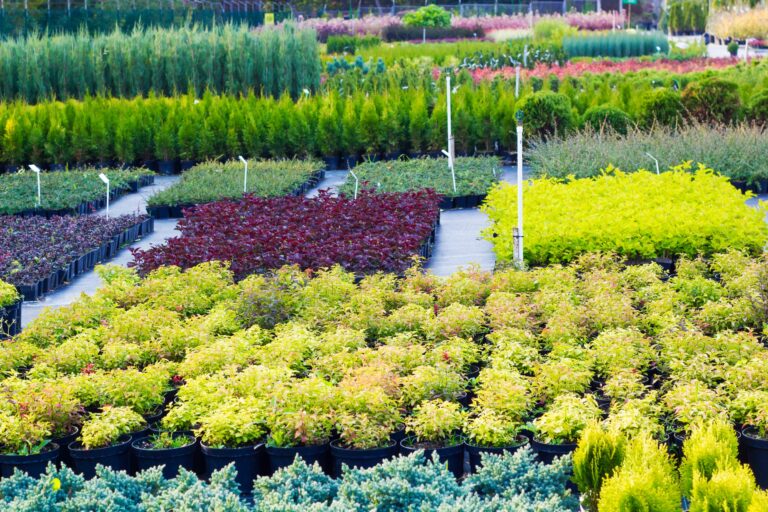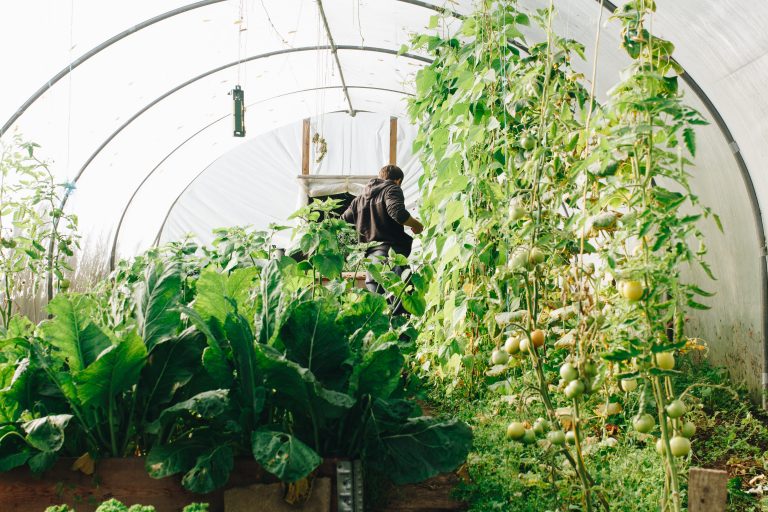Starting a backyard plant nursery is an exciting venture for gardening enthusiasts and aspiring entrepreneurs. It combines the joy of growing plants with the potential for a profitable business. Whether you want to cultivate ornamental flowers, shrubs, or organic herbs, setting up a backyard nursery can be rewarding. Below are ten essential steps to help…
income
Profitable Greenhouse Crops: Money in Your Pockets
You’ve been growing for a while. You’ve built a DIY greenhouse (or invested in one) and decided that you want to turn your hobby into a profitable small business. Which plants should you focus on growing to ensure steady cash flow? Here are the most profitable greenhouse crops that you should consider growing: Tomatoes Tomatoes…

